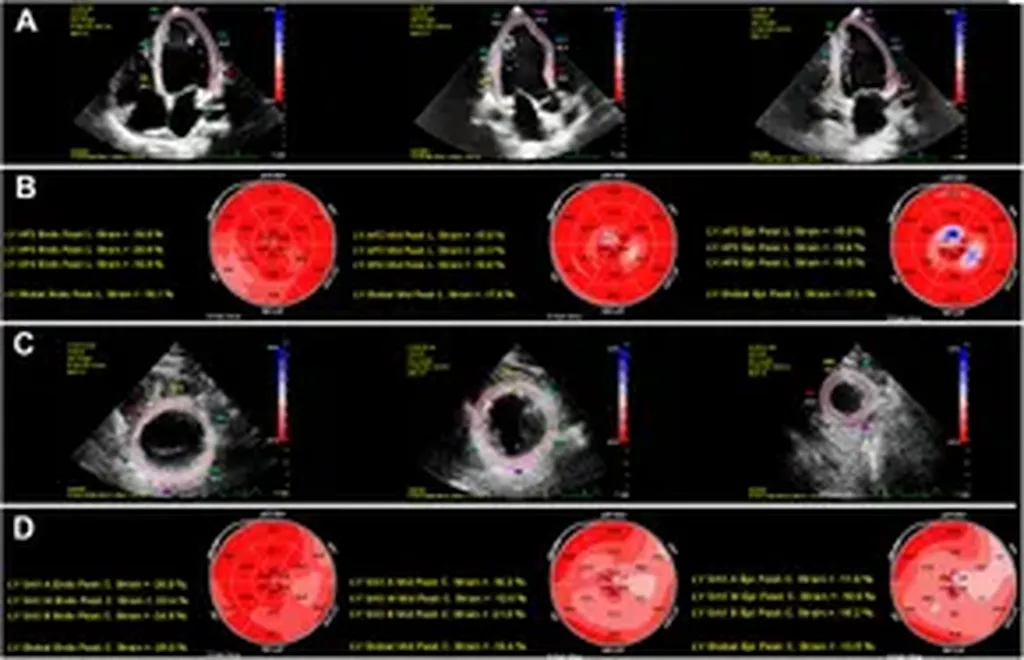In the bustling streets of Bangladesh, a silent threat looms over the feline population. Feline panleukopenia virus (FPV), a highly contagious and often fatal disease, is a significant concern for pet owners and veterinarians alike. A recent study published in the journal Veterinary Medicine and Science, which translates to “Veterinary Medicine and Science” in English, sheds light on the diagnostic challenges and genetic characteristics of FPV in Bangladesh, offering crucial insights for the future of feline healthcare.
Led by Nurejunnati Jeba from the Department of Microbiology and Hygiene at Bangladesh Agricultural University in Mymensingh, the research team set out to evaluate the diagnostic accuracy of a rapid immunochromatographic (IC) antigen test compared to the gold standard PCR method. The study also aimed to investigate the genetic and evolutionary characteristics of circulating FPV strains in the country.
The findings revealed that while the IC test detected FPV in 84% of cases, PCR confirmed only 60%, indicating a 24% false-positive rate. “PCR showed higher diagnostic reliability,” Jeba noted, emphasizing the importance of accurate diagnosis in managing FPV outbreaks. The study also found that FPV prevalence was alarmingly high at 92% among unvaccinated cats, underscoring the critical role of vaccination in preventing the disease.
Phylogenetic analysis of the VP2 gene sequences from four PCR-positive samples revealed close genetic similarity with Chinese and Portuguese strains, suggesting possible cross-border transmission. “This indicates that FPV strains circulating in Bangladesh are not isolated but are part of a broader global network,” Jeba explained. Mutations such as A756G, A896G, E299G, and T236I were consistently observed, and structural modelling indicated minor conformational changes in the VP2 protein, which could impact antigenicity and diagnostic performance.
The implications of this research are far-reaching. For veterinarians and pet owners, the study highlights the need for improved diagnostic accuracy and molecular surveillance to effectively control FPV outbreaks. For the veterinary industry, the findings underscore the importance of developing updated vaccination strategies that account for the genetic diversity and mutational changes in circulating FPV strains.
As the global pet care market continues to grow, the demand for accurate diagnostic tools and effective vaccines will only increase. This research provides a crucial foundation for future developments in the field, ensuring that our feline companions receive the best possible care. “Our study is just the beginning,” Jeba remarked. “We hope that our findings will pave the way for more targeted and effective interventions against FPV.”
In a world where our pets are not just companions but family, understanding and combating diseases like FPV is more important than ever. This research not only advances our knowledge of FPV but also highlights the critical role of accurate diagnosis and genetic surveillance in protecting the health of our beloved feline friends.

